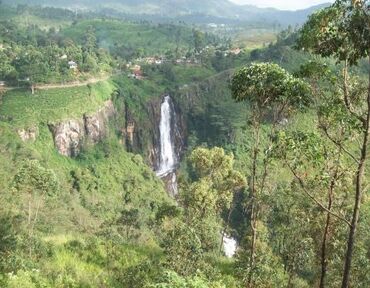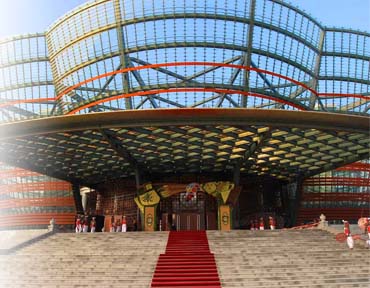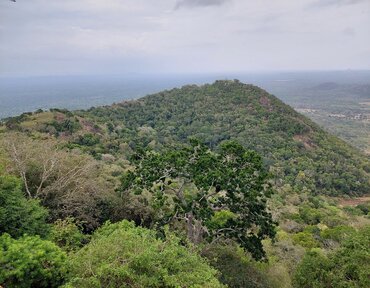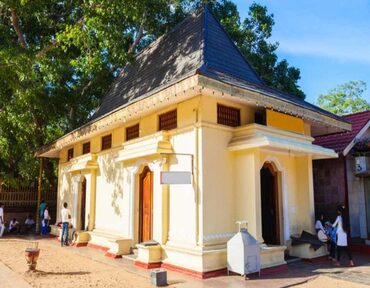


Pasgama offers a delightful glimpse into traditional Sri Lankan village life, just 30 kilometers away from Colombo. From wattle and daub architecture to ancient customs, Pasgama immerses visitors in the essence of rural living. Explore the village hierarchy, encounter locals in authentic costumes, and witness their daily routines. Spicy Delights: Savor glorious spicy food, prepared with love and tradition. Kitchen Band - "kitchen band" village oldies and baila dramas performed with kitchen utensils as musical instruments. Natha Devalaya, an ancient building in Kandy with a rich history dating back to the 4th century.

The Nelum Pokuna (Lotus Pond) Theatre is a fully equipped state of the art performance centre, meant for large scale theatrical productions. The theatre consists of two venues for performances, which includes the Main Auditorium and an Open-Air Theatre. Situated in the heart of Colombo city, this modern architectural masterpiece facilitates easy access for both local and foreign producers. The Theatre is also surrounded by several five Star Hotels and other commercial establishments. The ease of access and the other facilities in the area ensures that foreign, local producers and artistes are given the prime opportunity to promote their work artistically and financially. Hence, the Nelum Pokuna Theatre becomes a solid body for bringing in foreign investment to the economy and will play a vital role in promoting tourism in Sri Lanka.

Ruhunukanda Forest Reserve is located in the Kalutara district and has a high level of biodiversity. This Ruhunukanda forest is adjacent to the Singhraja forest and is a popular destination for local and foreign tourists and researchers. The forest is home to a variety of birds, reptiles, insect species, toad species, mammals and very rare species of butterflies. The Maguru River flows through the forest of the Ruhunu Hills, adding to its appeal. This is called an evergreen rain forest. Ruhunukanda forest is home to 52 different bird species. The period from December to March has been identified as the best time to visit the Ruhunu Kanda ecosystem. The reason is the decrease in rainfall during that period.

description not found